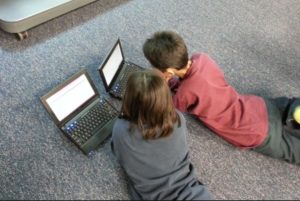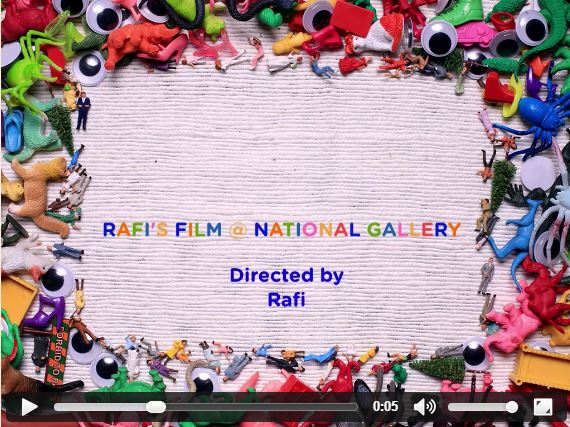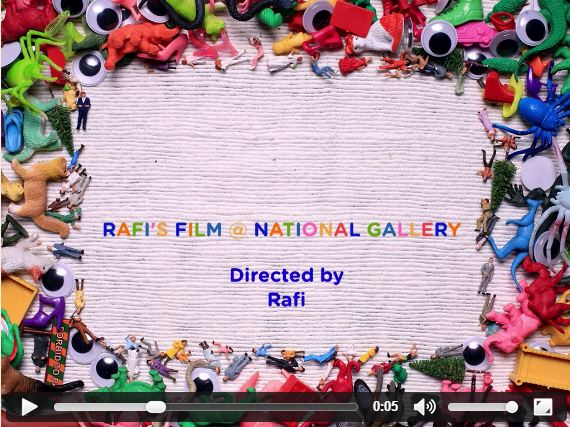Rapid improvements in wind, solar and energy storage are not only transforming the energy system, they are key to decarbonising the transport system too.
In January 2017, the Victorian government announced Melbourne’s iconic trams will soon be solar powered, with construction of two new solar farms near Shepparton and Robinvale in the state’s north now underway. Once complete, every tram trip will be cutting greenhouse gas emissions and creating regional jobs.
Now that the city’s trams will be solar powered, the next logical step is to power the trains with renewable energy too.
Melbourne’s train network is the second largest energy user in the state, after Alcoa’s aluminium smelter in Portland. It’s no wonder – moving over 400,000 people everyday requires a significant amount of energy. This is energy that should be coming from clean renewable sources, not polluting fossil fuels like coal and gas.
Renewable energy can form the foundation for good regional jobs, and a clean, efficient 21st Century transport system that is good for the climate and human health.
While Melbourne snatched global headlines with the solar trams announcement, we’re certainly not alone. Cities, states and even entire countries are now looking to power their transport systems with renewable energy.
The Dutch national railway company NS announced last year that the Netherlands’ entire train network is now running on wind energy.
News that Victoria’s Laverton Steelworks will source electricity from the Numurkah solar farm proves that renewable energy can power large energy users.
Transport is the second largest and fastest growing contributor to Australia’s greenhouse gas emissions. We can use the technological improvements in renewable energy and in the rail network to cut emissions in both, and make trains and trams the most sustainable transport mode.
While the federal government has turned it’s back on action on climate change, states like Victoria can show the leadership the community wants to see. Melbourne can be a world leader in renewable powered transport.
Melbourne’s solar trams are proving that renewable energy can power mass transit – it’s time to power our trains with renewable energy too.




